Shea Hembrey: 100 Artists
One artist invents one hundred to create a truly unique biennial

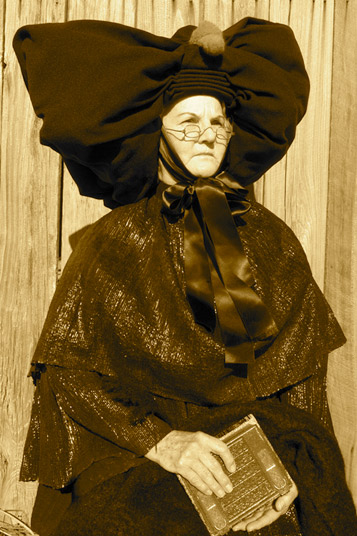
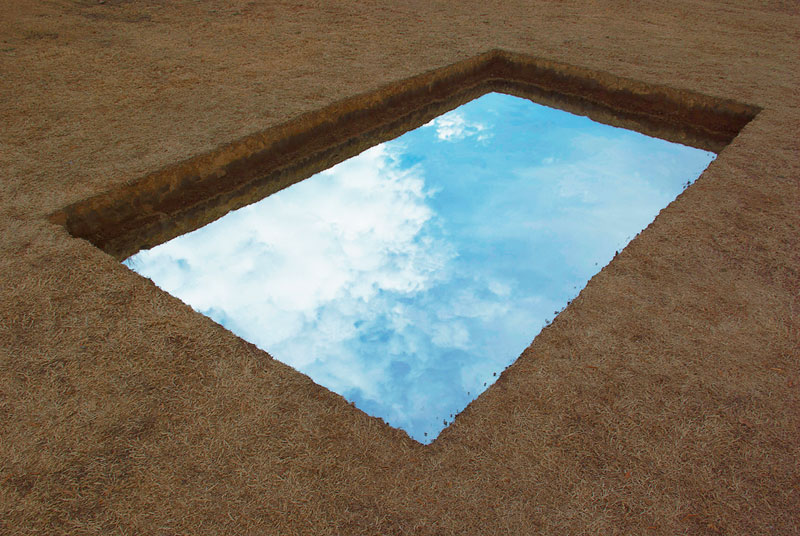
After attending a massive biennial, contemporary artist Shea Hembrey found himself dissatisfied with the work presented there. In response he decided to host his own biennial called “Seek.” Originally planning to seek out a selection of artists whose work he agreed with, Hembrey had trouble finding an appropriate amount of accessible artists and decided to create all of the work himself.
Hembry’s biennial is the upshot of his pure genius as an artist. More than a collection of his own works, the show includes 100 fake artists that he conceived, each with their own persona and body of work. This monumental project was first introduced at the TED 2011 conference, where we had the opportunity to learn about Hembry and his project.
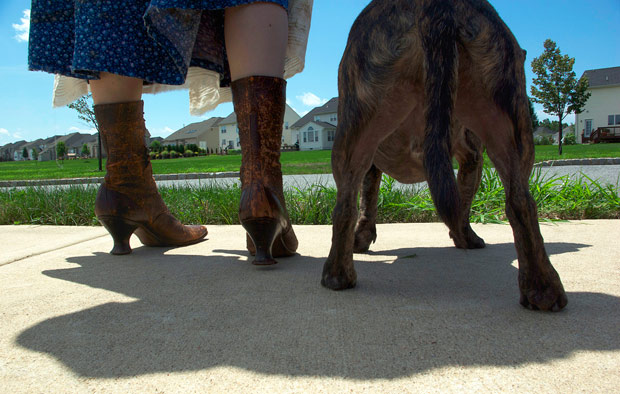
A native of rural Hickory Grove, AK, Hembrey worked as a licensed breeder of migratory waterfowl with the U.S. Department of the Interior before getting involved in the art world, which began with nine years of formal art education, including an MFA from Cornell. His study of Maori Art during his time as a Rotary International Ambassadorial Scholar to New Zealand definitively altered his take on the craft. Heavily conceptual but with an advanced understanding and mastery of varied materials and techniques. The inspirations for his works, such as “Nizdos,” a series of eleven pieces in which the artist duplicates bird nest in various illuminating installations, derive from his strong interest in and involvement with animals, especially birds, as a child. Hembrey notices patterns in nature and mythology, and attempts to imitate those patterns to comment upon the human appropriation of the natural world.
Cool Hunting recently caught up with Hembrey and got the scoop on how all these personas came to life and the challenges of composing such a challenging project.
What made you decide to fabricate a biennial instead of simply curating one?
Making a biennial seemed the easiest option once I developed a detailed vision of the final exhibition that I desired. Once I had that initial, audacious idea of actually creating all the art myself, I couldn’t not take on that challenge.

Have you always made up characters or stories about strangers?
Coming from the rural South, I grew up with a rich storytelling tradition. And, the quirky, colorful characters that I grew up around made me see the world as a place filled with fascinating individuals. Then as an undergraduate, I was also an English major toying with the idea of becoming a novelist. So, yes, I have always been fascinated by narrative and strong individual characters.
Were any of these personas imagined before the idea for the biennial came up?
No, but many of the personas are versions of me—and therefore several projects were based on what I might one day eventually get around to in the studio. So, this biennial allowed me to shop around in my warehouse of potential artistic directions and explore roads never taken.
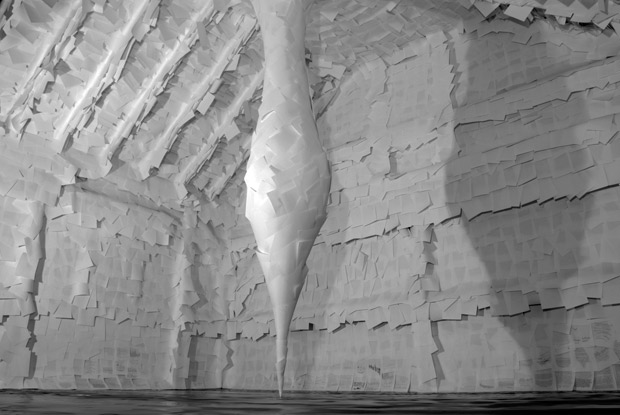
Where did your inspiration for the different artists originate from? Are they based on people you know in any way?
The various artists came about in a myriad of ways. I didn’t want the artists to be formulaic—so sometimes the art ideas preceded the artists while other times a strong artist character developed and then I determined what they would create. Many details about me and my friends and family eventually did, of course, become part of this project.
How long did the project take to complete?
It was two years in the studio making the pieces—a true biennial of art. Then I spent about five months on artwork documentation, writing, and design of the catalogue.
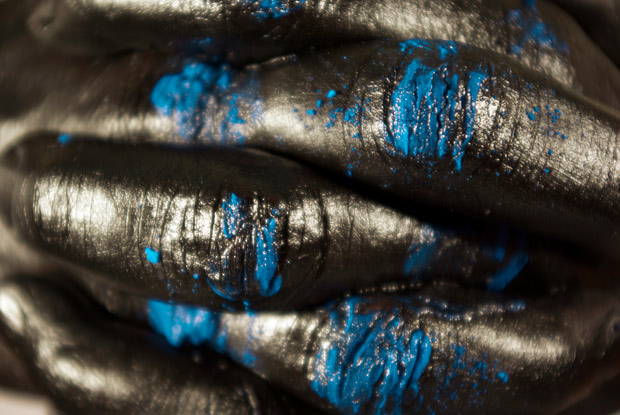
How has this project helped you grow as a person and an artist?
Perhaps the biggest lessons came from when I’d work as an artist quite different from me. I’d make some plans for a work and then ask, “What is the opposite of what I would choose to do? Now, how can I create that polarity AND make it still be a work that I respect and am enchanted by?” Those quandaries and solutions were unspeakably enlightening.
Does it get confusing being so many different people?
Yes. The sheer number of artists was hard to manage, so I had to focus on just a few people at a time to stay organized and productive. Once I understood an artist and had his or her voice, then they were largely autonomous and then after making their work, I spoke about and thought of them as individuals separate from me.
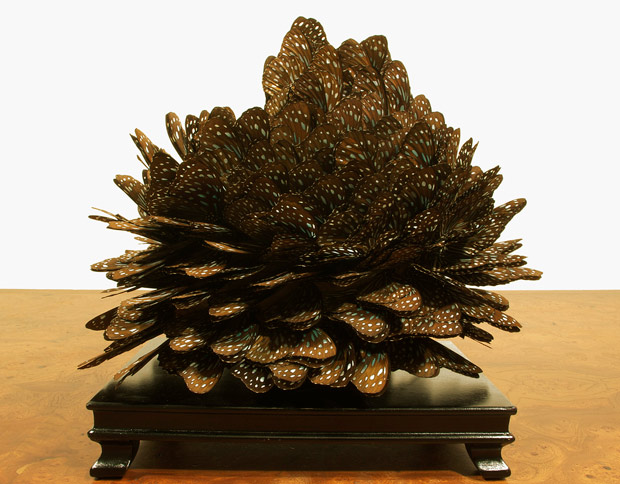
Do you consider their art personal to you, or are you detached from it?
Since I also played the role of two curators (I made 106 artists and curated 100 into the final biennial), I had to often be detached. But, I believe in all of these artists and in the value in all of their work. I’m certainly personally invested as if they were all close artist friends of mine.
What was the most difficult project to complete?
I can’t pin down any particular project. I love a daunting challenge and I relish a struggle to suss an enigma out, so I guess I really embrace work that many others would not enjoy…the word ‘difficult’ excites me. I adore hard labor, and tedium, and working on questions that do not have a solution. But, I certainly know that the most unpleasant work was painting Jason Birdsong’s snake piece because it was days of my stomach being in a twisting knot because of my fear of snakes…I was so happy to finish that image and then promptly hide it away.
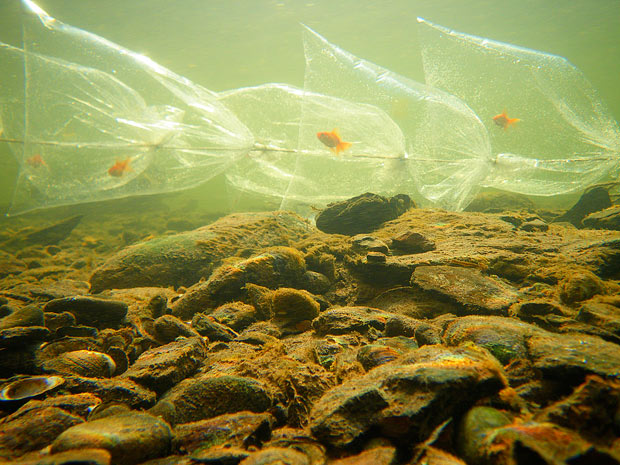
Which is your favorite art work?
I made nearly four hundred artworks for this biennial, and I really cannot even begin to single out favorites because of the diversity of the works. Really, this is just one big, multifaceted singular work of art. So, the catalogue is my favorite work.












